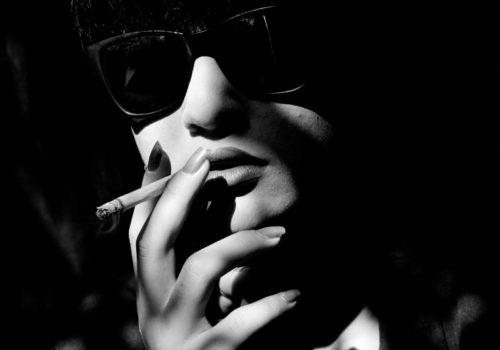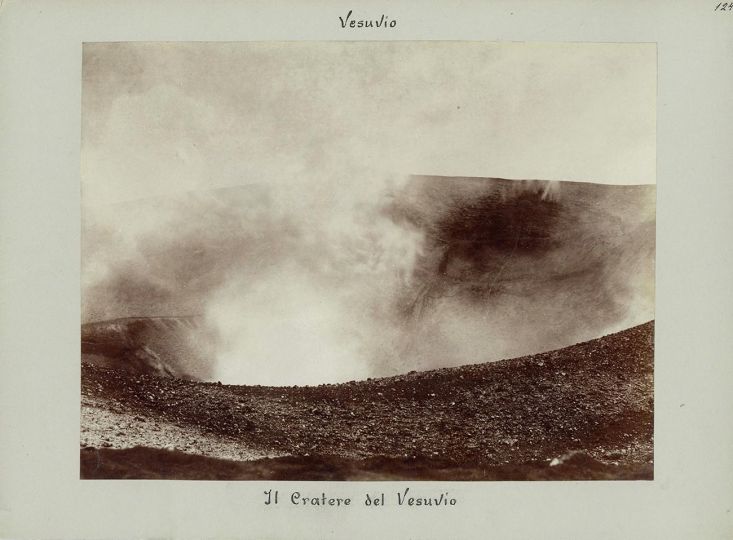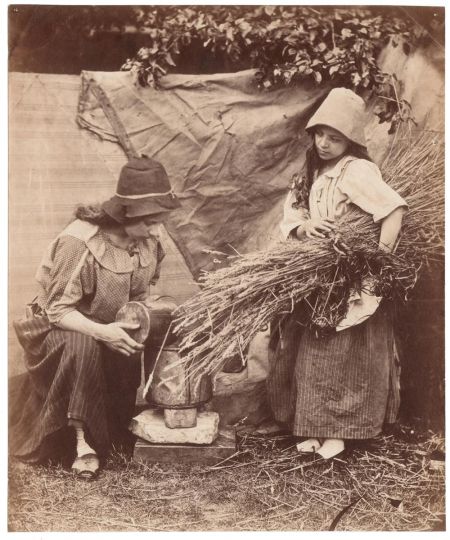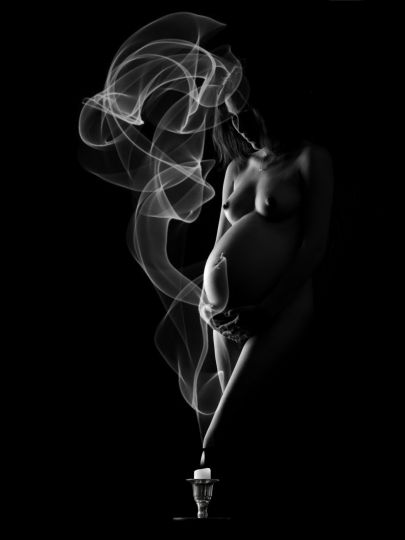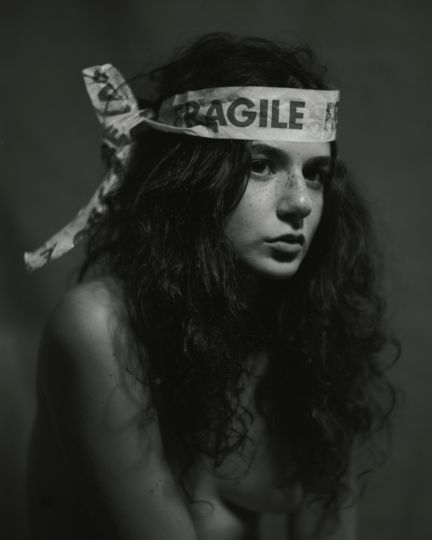Silent agreements-Marrickville-50-Home
My Marrickville photo project was almost entirely based upon the migrant community I grew up in. Our parents had come to Sydney with a cast iron Old World identity. It gave them comfort and a sense of security in understanding that they still had their own community. Despite the incomprehensible uncertainty of the radically new-world city swirling around them, they found solace in their solidarity and familiar rituals created over millennia past. The Australian born children of these migrants changed everything. They sought an identity of their own, bred of a rage to see that they were different; that they belonged – not just in Sydney, but as part of the new evolving narrative of the whole country.
The Marrickville I inhabited and grew up in was an inner western Sydney municipality built in the 1870s to house Anglo-Saxon working class people. One hundred years later it had become colonised by post World War II migrants from Europe. Real estate was cheap, because the area had been abandoned by the now upwardly mobile Anglo cohort, who had benefitted greatly from the wages boom of the mid-1960s and the freeing up of credit by successive governments. These generations of families had moved on to a more spacious and futuristic suburban Pleasantville called Western Sydney.
I began a post graduate degree at art school in 1984 on the back of my Marrickville fieldwork. My first submission for semester one was a photographic documentation of the kind of work my mother Garyfalia Angelicas did. Like thousands of other migrant women in Inner West Sydney, she was toughing it out for two dollars an hour in unregulated backyard sweat shops. They were doing piecework for a garment industry desperate to compete with cheap, imported, made in Asia clothing. My camera captured working portraits of women sewing, over-locking, cutting and ironing. I was determined that the work should be entirely representational and to drill down into the unrelenting monotony of that now long past, low paid drudgery.
The greater part of my visual production for post-grad and through the decades since, has been devoted to the suburban popular youth culture of Marrickville. In the 1980s, I belonged to that youth culture and that provided me the laissez-passer to work on and with my friends – all Australian born children of migrants.
My photographic production was based on fieldwork scrutinising these young wannabe actors both on the streets of Marrickville and behind its closed doors. I wanted the push-pull of pain and pleasure invested through the work to be up front in determining its visual rhetoric. This was achieved by utilising a mix of ‘Wee Gee meets Larry Fink’ lighting arrangements created by my consistent use of the flash to amplify the drama inherent in the images. The work was and remains as a crucial matter of style and content, resolutely square, black and white.
It was a cause and effect, entirely collaborative methodology. I would ask my friends or friends of friends, who were my models, to make a stand on who they wished to be in front of the camera. We all knew the litany, the taxonomy of characters available to us on the shelves of the video store – yet it was always a wonderful Surprise to see what people came up with next. It was us: who we were. It was both what made us different and what made us belong.
We were all searching for an identity in that decade of massive demographic change. Successive waves of migration had altered the very nature of what it meant to be an Australian. Our take on that fluid decade was based upon a new, globalised era of popular culture and its cutting edge tools: the new, satellite TV broadcast capability and Blockbuster Video stores. The major determinant linked to these technologies was what kind of music you listened to and how it was presented on MTV.
The local video store became a library of big iconic style. How you dressed and presented yourself to the world was more or less established by which movies you took out on loan to watch over and over. We channelled the dress codes, choreography and attitudes based on the potential power demonstrated by stars of movies such as: Fast Times at Ridgemont High, Flash Dance, Who’s That Girl, Conan the Barbarian, Mad Max, Rambo and Risky Business. Hundreds of identity roles were cloned this way. Illicit porn industry video offerings rounded out the transgressive cultures imbedded in the movement.
I was fascinated by this home-made youth culture and how it operated outside the terms of reference commonly deployed by the status quo. I totally got it. I was part of the movement and strangely, I was the only person photographing it.

